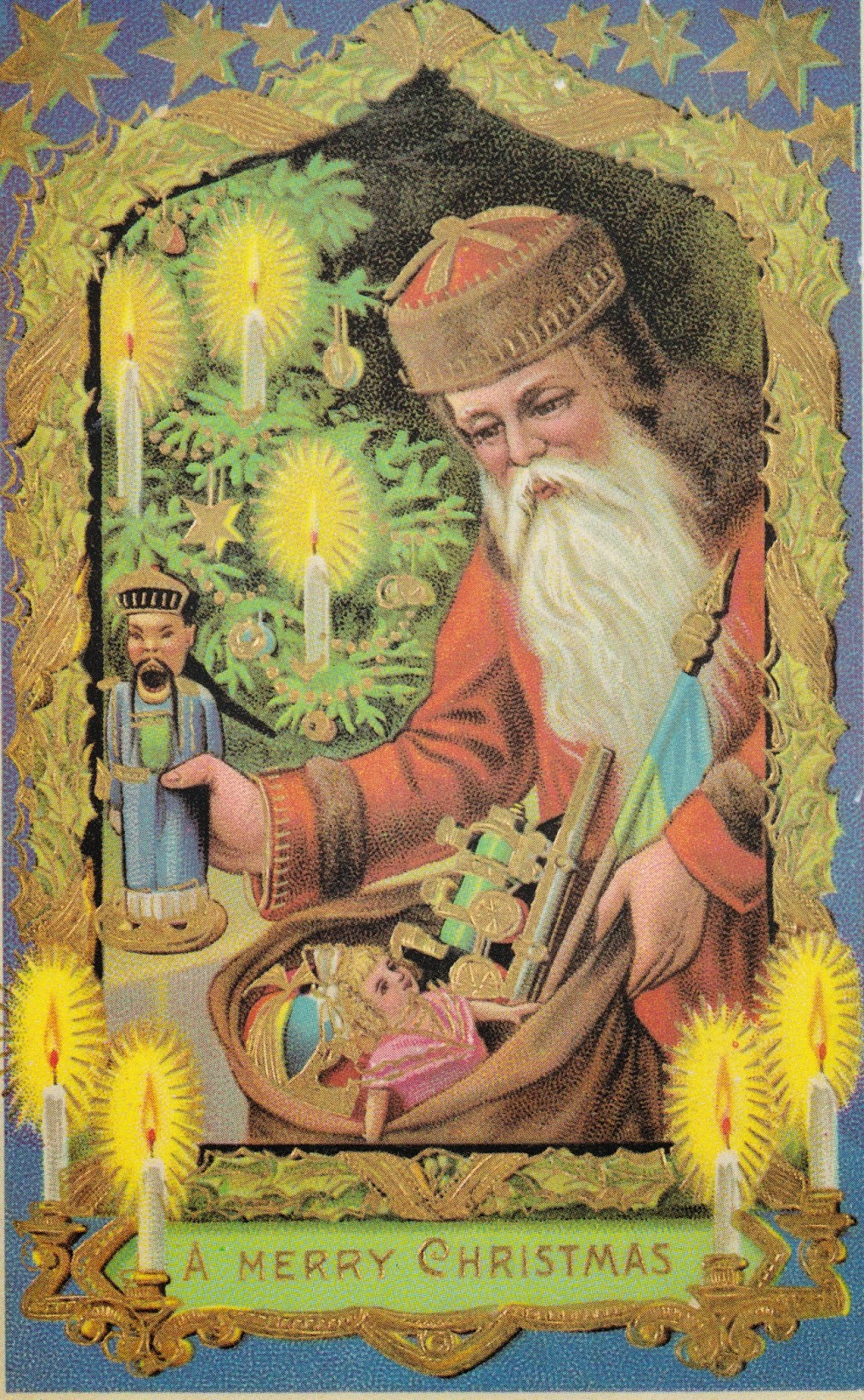A very Merry Christmas to all . . .
Today’s card shows the American version of Santa’s house and workshop at North Pole, Alaska. North Pole is a small city located southeast of Fairbanks, Alaska; however, a large area within the same postal zip code is referred to as the North Pole even though it is south of the actual geographic North Pole by about 1700 miles.
The Santa Claus House, a gift shop, shown on the postcard is the biggest tourist attraction in the area. Originally this was a trading post established in the early days of settlement here. The world’s largest fiberglass statue of Santa Claus can be found outside the Santa Claus House. More and more Santa Claus themed attractions have been added throughout the years. Before Christmas the North Pole post office receives hundreds of thousands of letters to Santa Claus and even more from people who want the town’s postmark on their outgoing Christmas cards. There is a community program organized to respond to the letters addressed to Santa. Streets lights are decorated to look like candy canes; streets have names such as, Kringle Drive, Santa Claus Lane, St. Nicholas Drive, and Snowman Lane. Many local businesses have also adopted Christmas themed colors and decorations as have the local police with patrol cars in green and white, ambulances and fire trucks are all red. One of the more prominent citizens, Con Miller, became known as Santa Claus because he frequently wore a Santa Claus suit during his early trading days in Alaska. He served on the city council and was also mayor.
On the reverse of the card is this message from the North Pole.
For more, see:
http://en.wikipedia.org/wiki/North_Pole,_Alaska
Merry Christmas everyone!

















